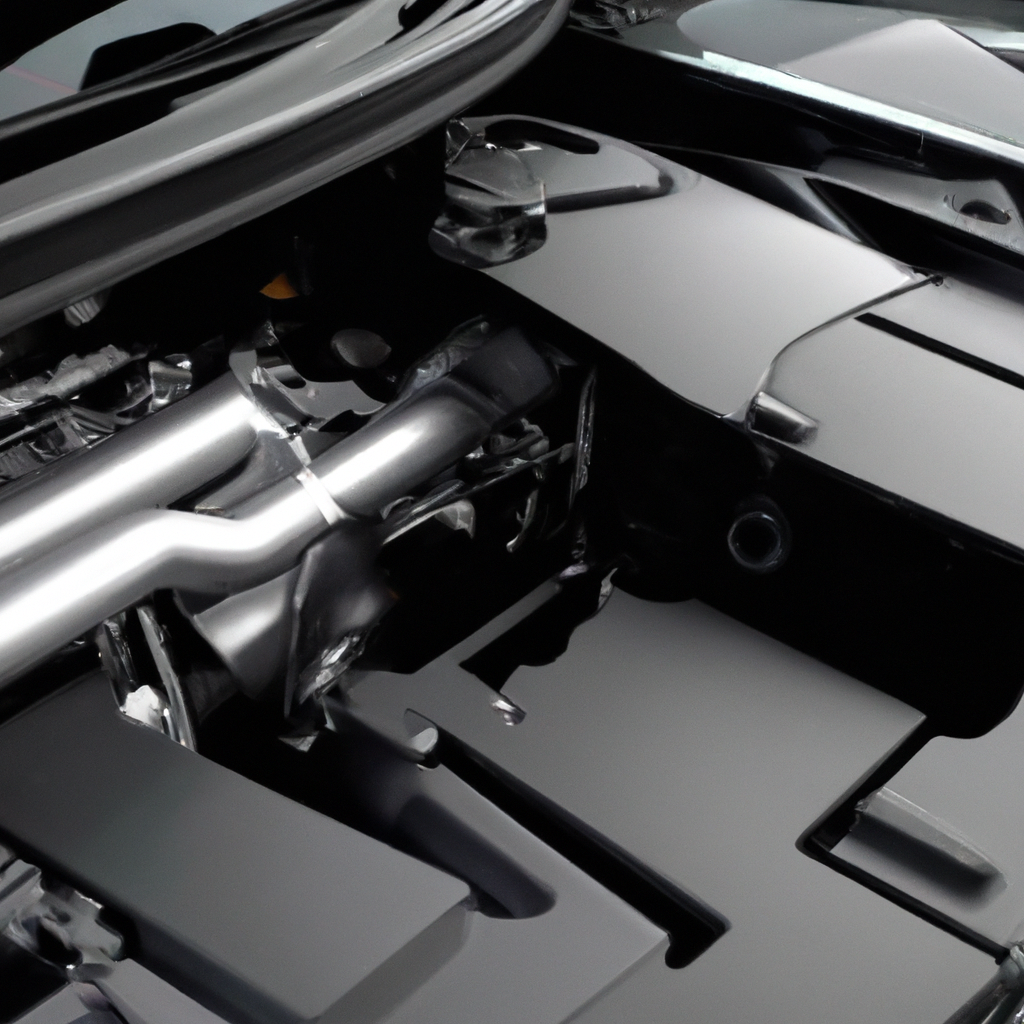Hybrid cars are becoming increasingly popular among environmentally-conscious drivers. They offer improved fuel efficiency and lower emissions compared to traditional gas-powered cars. In this article, we will explore how hybrid cars work, their benefits, and some interesting facts about hybrid car technology.
How hybrid cars work
A hybrid car is a vehicle that combines a gasoline engine with an electric motor and battery. The hybrid system uses both the gasoline engine and electric motor to power the car, depending on driving conditions. The hybrid technology allows the car to run on gasoline, electric power, or a combination of both.
The hybrid engine is designed to be more fuel-efficient than traditional gasoline engines. The engine is smaller in size and operates at a lower speed, which reduces fuel consumption. The electric motor supplements the gasoline engine when additional power is needed, such as during acceleration or climbing hills.
The hybrid system is controlled by a computer, which determines when to use the gasoline engine, electric motor, or both. The computer also regulates the charging of the hybrid battery, which stores energy generated by the electric motor and regenerative braking.
Benefits of hybrid cars
Hybrid cars offer several benefits over traditional gas-powered cars, including:
1. Improved fuel efficiency: Hybrid cars use less fuel than traditional gas-powered cars. This means that drivers can save money on gas and reduce their carbon footprint.
2. Lower emissions: Hybrid cars emit fewer pollutants than traditional gas-powered cars. This is because the electric motor produces zero emissions, and the gasoline engine is smaller and operates at a lower speed.
3. Regenerative braking: Hybrid cars use regenerative braking to recharge the battery. This means that when the driver applies the brakes, the electric motor acts as a generator and converts the kinetic energy of the car into electrical energy.
4. Quiet operation: Hybrid cars are quieter than traditional gas-powered cars. This is because the electric motor produces less noise than a gasoline engine.
Hybrid car facts
Here are some interesting facts about hybrid car technology:
1. The first hybrid car was developed in 1899 by Ferdinand Porsche. The car, called the Lohner-Porsche Mixte, used an electric motor to power each wheel and a gasoline engine to power a generator.
2. The Toyota Prius was the first mass-produced hybrid car. It was introduced in Japan in 1997 and became available in the United States in 2000.
3. The hybrid battery is designed to last the life of the car. Most hybrid car manufacturers offer an 8-10 year warranty on the battery.
4. Hybrid cars are becoming increasingly popular. In 2020, over 3 million hybrid cars were sold worldwide.
Conclusion
Hybrid cars offer improved fuel efficiency, lower emissions, and several other benefits over traditional gas-powered cars. The hybrid system uses both a gasoline engine and electric motor to power the car, depending on driving conditions. The computer-controlled hybrid system ensures that the car operates efficiently and provides a smooth driving experience. As hybrid car technology continues to evolve, we can expect to see even more fuel-efficient and environmentally-friendly vehicles on the road.







